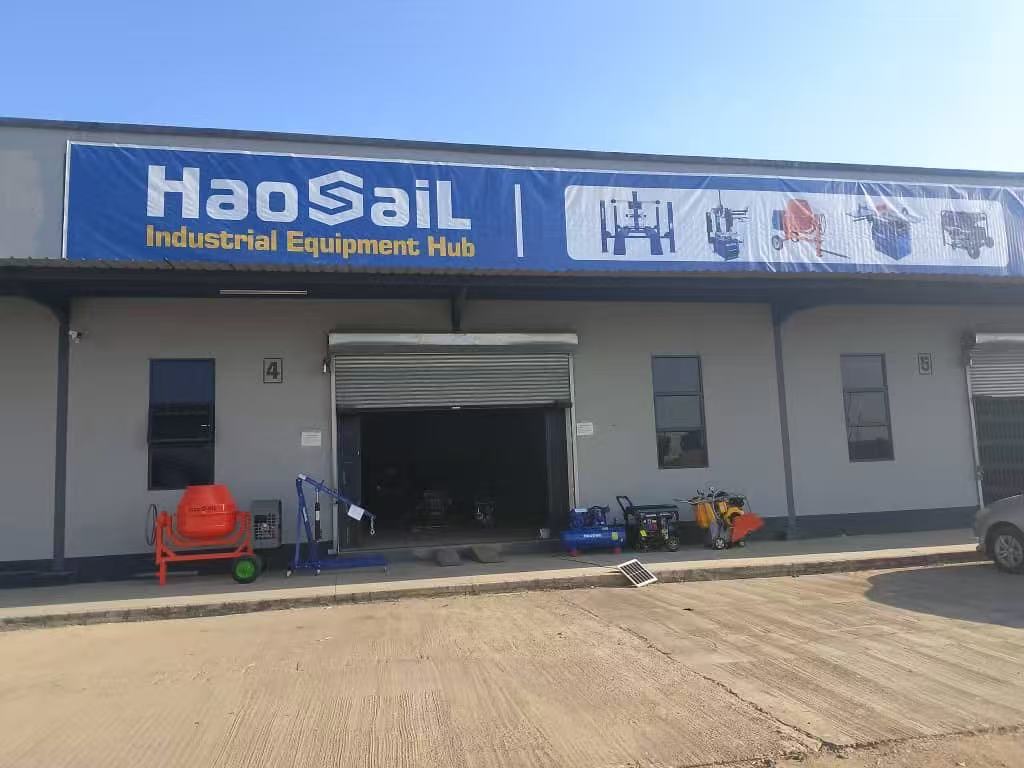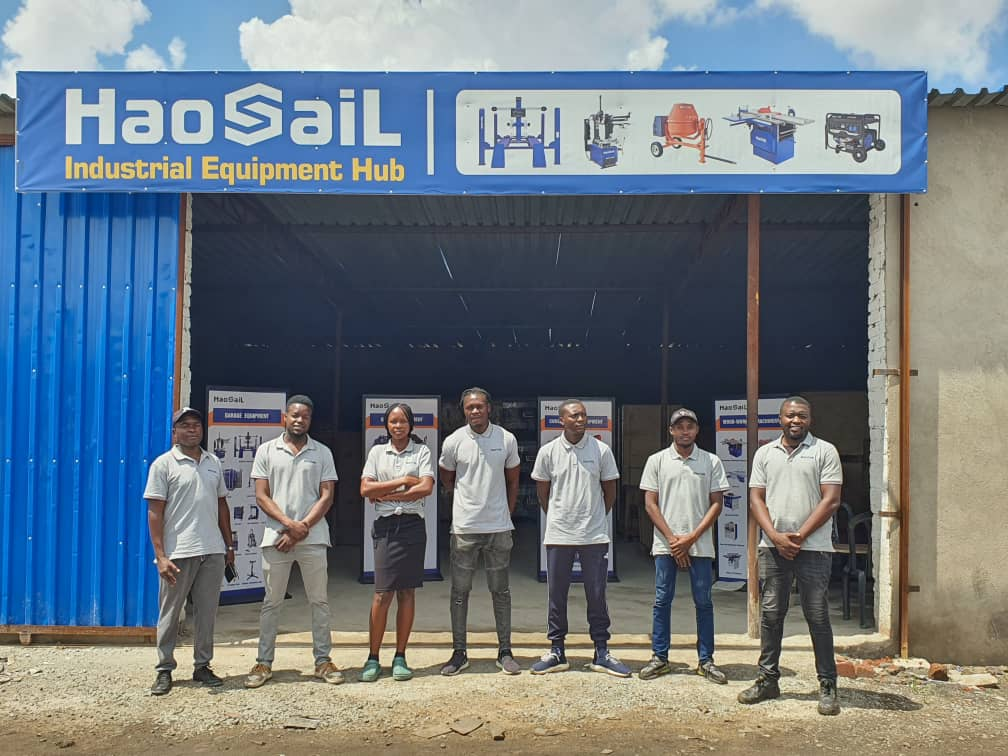
Aug 27, 2025

Aug 12, 2025

Jun 04, 2025

May 30, 2025
B4, Qingdao High-Tech Zone, No. 17 Songyuan Road, Qingdao.
+86 13864822549

Refrigerant Recovery Machine, also known as a Refrigerant Recovery Machine recycler, is a device for recycling and re -use refrigerant (refrigerant). The following is a detailed description of the functions, usage methods and working principles of refrigerators:
Function
1. Recycling refrigerant: The main function of the Refrigerant Recovery Machine is to recover the refrigeration system in the refrigeration system to make it easy to use and reduce the waste of resource and environmental pollution.
2.Refrigerant Recovery Machine save resources: Through recycling refrigerant, you can reduce the demand for new refrigeration and save resources.
3. Reduce environmental pollution: Recycling refrigeration helps reduce environmental pollution caused by abandoned refrigerants.
4. Improve efficiency: Refrigeration can improve the recovery efficiency of refrigerators and ensure the purity and quality of Refrigerant Recovery Machine.
Use
1. Connect the device: Connect the Refrigerant Recovery Machine with the device that needs to be recycled to ensure that all interfaces are correct.
2. Start the machine: Start the Refrigerant Recovery Machine according to the operation manual and start the recycling process.
3. Monitoring process: During the recovery process, monitor the operating status of the machine to ensure that everything is normal.
4. Completion of recycling: After the recycling is complete, turn off the Refrigerant Recovery Machine and deal with the recovered refrigerator in accordance with the safety regulations.
Working principle
1. Compressor: There is a compressor inside the refrigerant recycler, which is to increase the pressure and temperature of refrigerant for subsequent processing and recycling. The compressor inhale low -pressure and low temperature refrigerators, and after compression, high -pressure and high temperature refrigerators are expelled.
2. Concrete: The high -temperature high -pressure refrigerant discharged by the compressor enters the condenser. This part is equipped with a radiator and fan, which is used to distribute the heat of the refrigerant, so that the refrigerant is cooled and condensed into a liquid.
3. Swelling valve: The liquid refrigerant after condensed enters the evaporator through the expansion valve. The role of the expansion valve is to regulate the cold media flow and pressure, so that the liquid refrigerant can quickly evaporate in the evaporator, absorb the surrounding calories, and cause the refrigeration effect.
4. Evapoor: The refrigerant after the expansion valve is adjusted into the evaporator, and the internal pipeline of the evaporator is covered with heat exchange with the external air or liquid through these pipes. Refrigeration absorbs heat from liquid to gesture, which produces refrigeration. The evaporative refrigerant re -cycle through the compressor.
5. Separator: The separator is also set inside the refrigerator to separate and processes the impurities generated during the recycling process and unnecessary substances to ensure the purity and quality of the refrigerant.
During the entire working principle, the Refrigerant Recovery Machine continued to use the refrigerant to achieve the recycling and reuse of the refrigerant by continuously recycling, to achieve the purpose of saving resources and reducing environmental pollution.
In order to ensure the efficient operation of the Refrigerant Recovery Machine, the following are some regular maintenance steps and precautions:
Check the transmission belt: Check the wear of the transmission belt every six months. If the wear is severe, it needs to be replaced in time.
Check the pipeline joint: Check whether the pipeline joint is loose every month to ensure the stability of the connection.
Check the circuit connection: Check whether the circuit connection of the control box is reliable every six months and whether the sealing of the seal is good.
Check the oil level: Check the oil port of the compressor at each shot. The oil level is lower than 1/3 of the oil port to replenish lubricating oil in time.